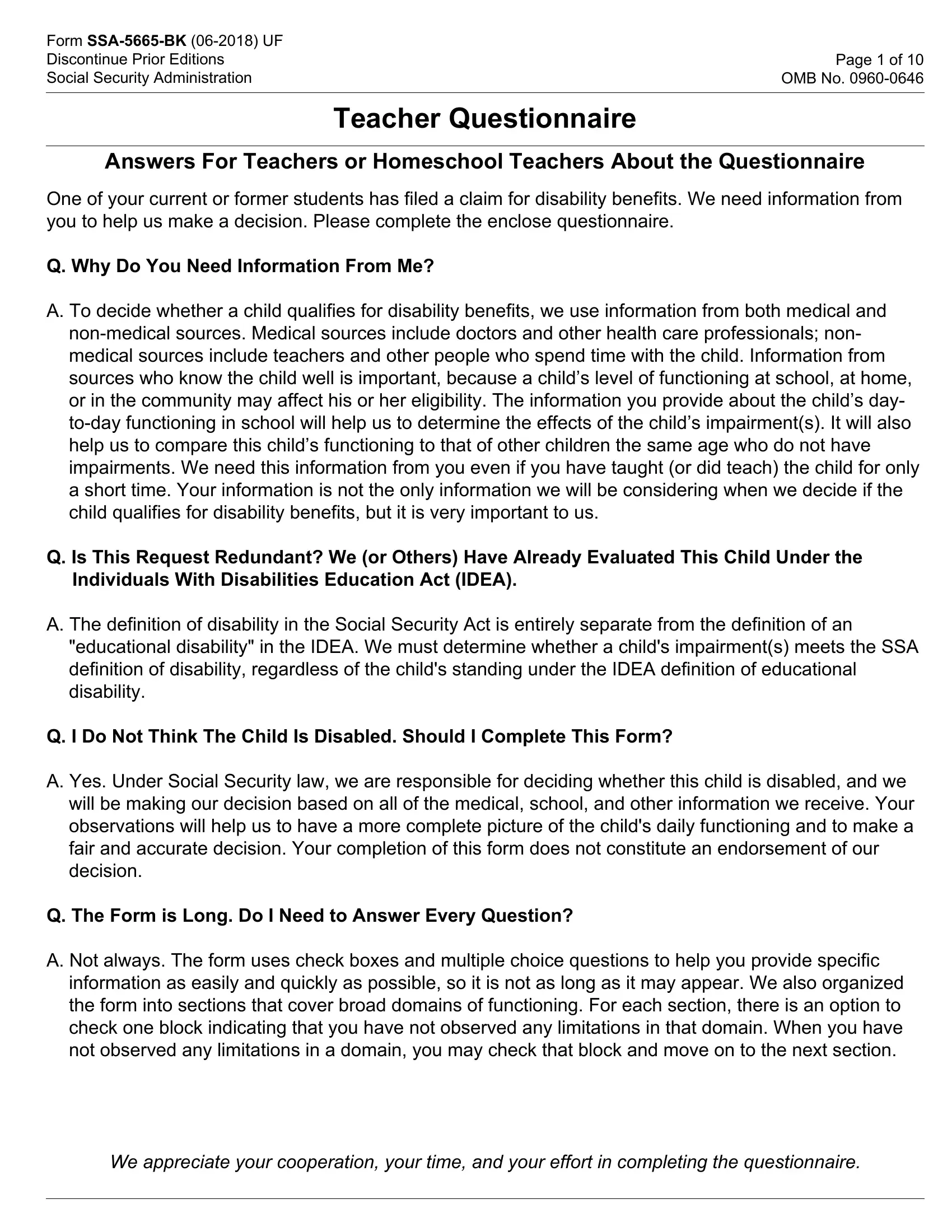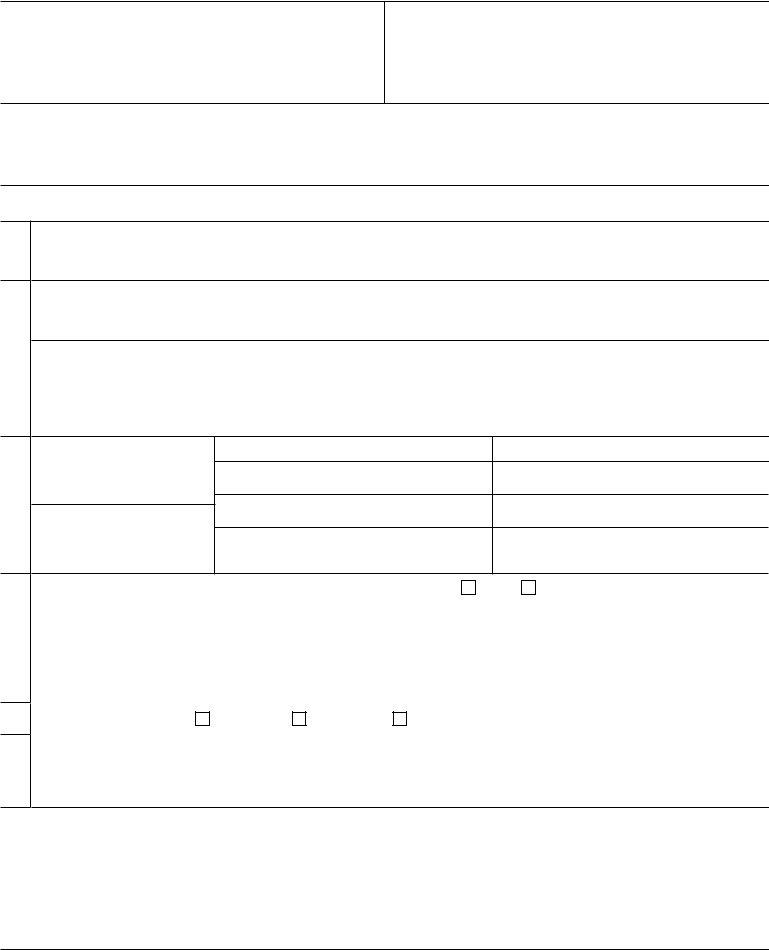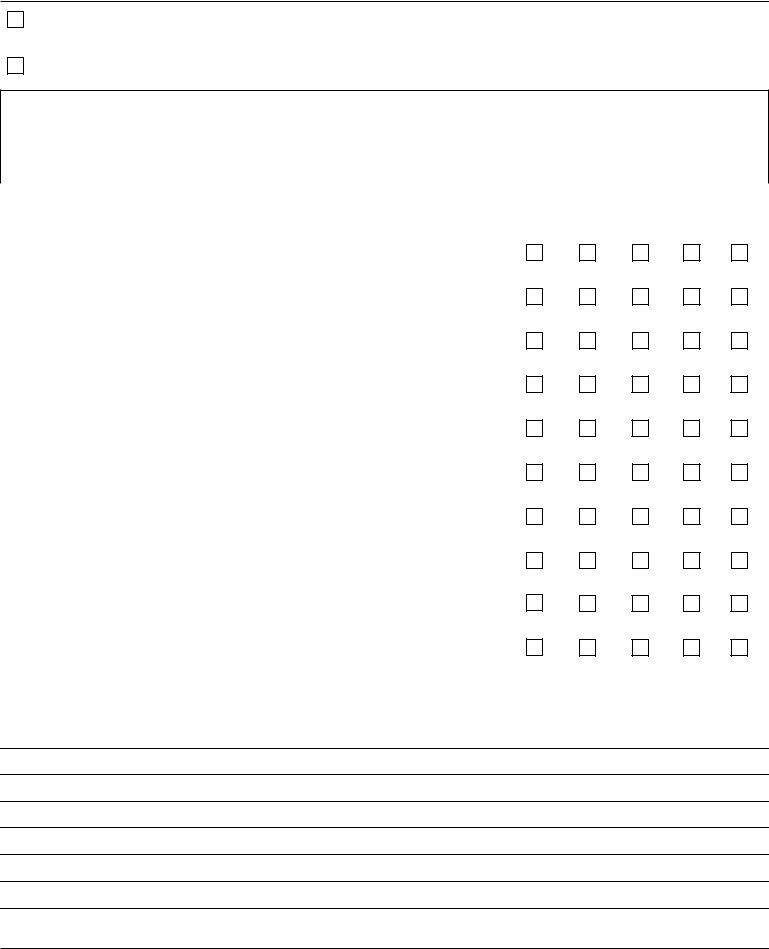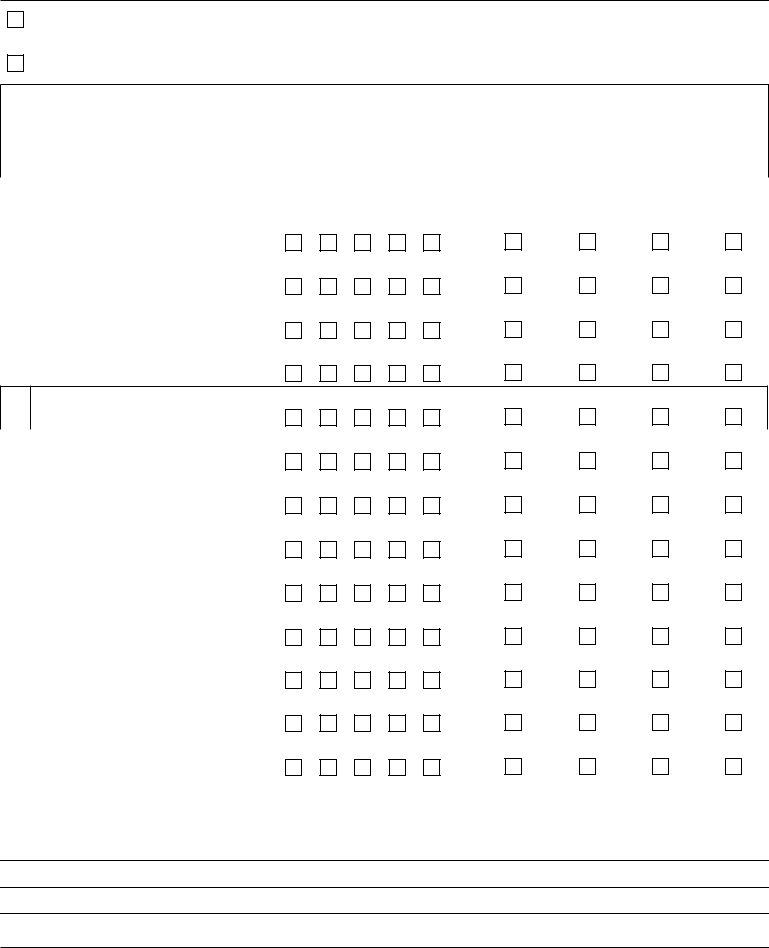With the online PDF tool by FormsPal, you are able to fill out or modify questionnaire for teachers right here and now. In order to make our editor better and easier to use, we continuously design new features, considering suggestions from our users. With a few basic steps, you'll be able to begin your PDF journey:
Step 1: Press the "Get Form" button above on this webpage to open our PDF tool.
Step 2: This editor enables you to work with your PDF document in a variety of ways. Enhance it by including customized text, adjust existing content, and place in a signature - all at your fingertips!
As a way to fill out this PDF form, ensure you type in the information you need in each blank field:
1. First, when filling out the questionnaire for teachers, begin with the area that contains the subsequent blanks:

2. Once your current task is complete, take the next step – fill out all of these fields - Actual Grade Level, Current Instructional Levels, Special Ed Services Frequency, Reading Level, StudentTeacher Ratio, Math Level, Written Language Level, Is there or was there an unusual, Yes, Dominant Language, English, Spanish, Other please specify, Any other names by which the, and IMPORTANT with their corresponding information. Make sure to double check that everything has been entered correctly before continuing!
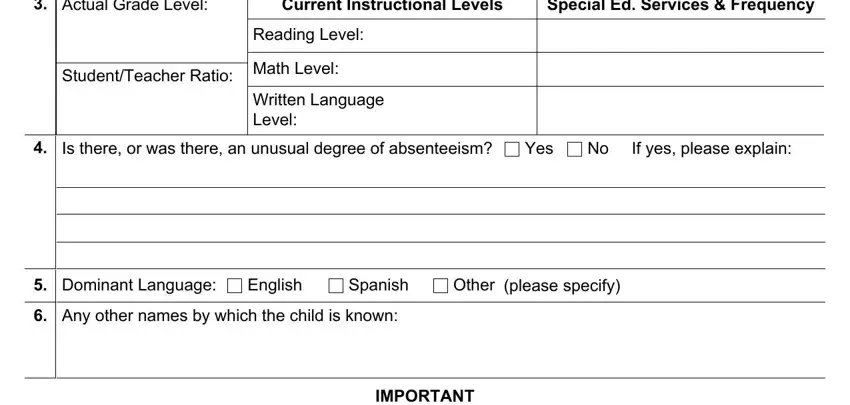
3. Completing Acquiring and Using Information, NO problems observed in this, YES the child has problems, Compared to the functioning of, RATING KEY FOR ACTIVITIES LISTED, No Problem, A slight problem, An obvious problem, A serious problem, A very serious problem, Comprehending oral instructions, Understanding school and content, Reading and comprehending written, Comprehending and doing math, and Rating is essential for the next step, make sure to fill them out in their entirety. Don't miss any details!
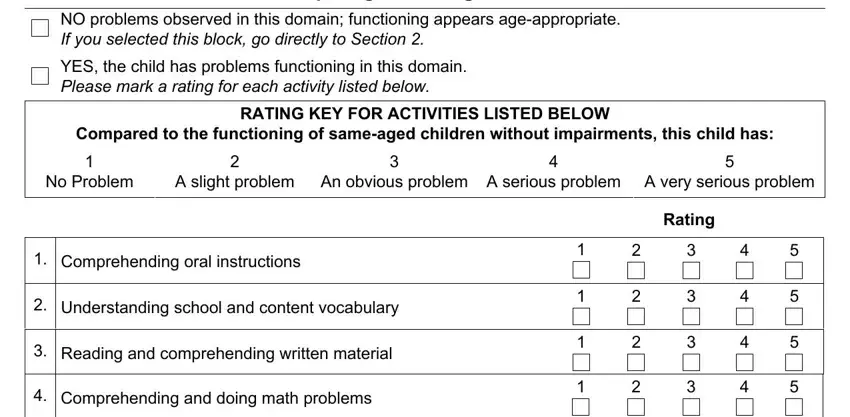
4. Your next subsection will require your input in the following areas: Understanding and participating in, Providing organized oral, Expressing ideas in written form, Learning new material, Recalling and applying previously, Applying problemsolving skills in, and What else can you tell us about. Ensure you enter all of the requested info to go further.
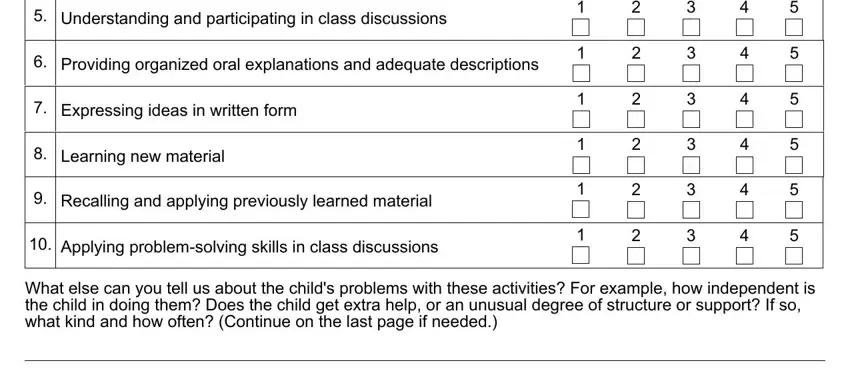
Regarding Understanding and participating in and Learning new material, ensure that you review things in this section. These could be the most important fields in this form.
5. Lastly, this last section is what you'll have to wrap up prior to using the PDF. The fields in this case are the following: .

Step 3: Look through the information you've typed into the blanks and then click on the "Done" button. Try a free trial account with us and get immediate access to questionnaire for teachers - download or modify from your FormsPal cabinet. FormsPal ensures your information privacy via a secure method that never records or distributes any kind of personal data involved. Be confident knowing your paperwork are kept safe any time you work with our services!
